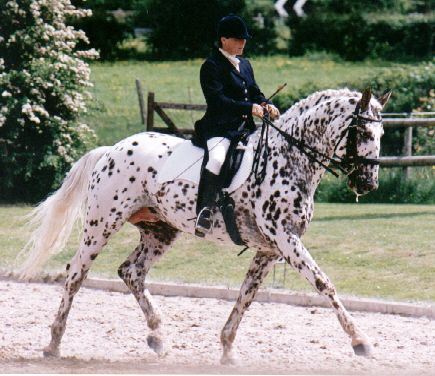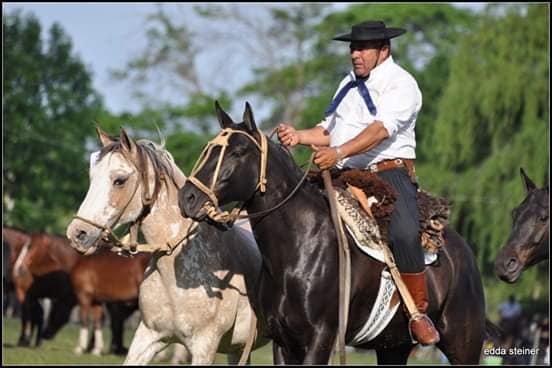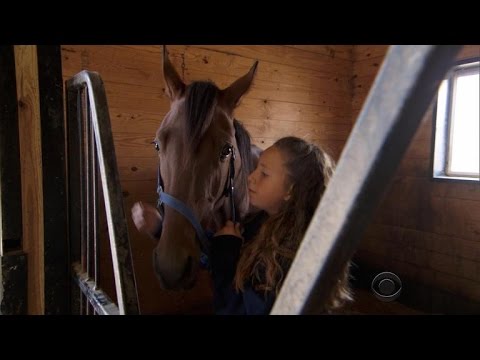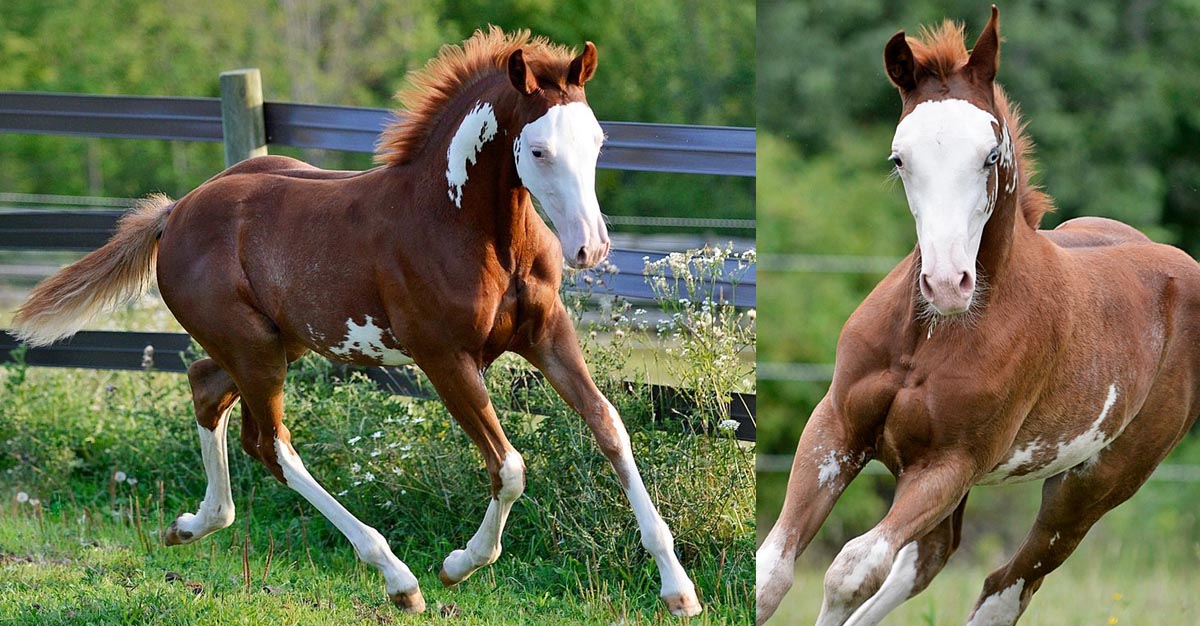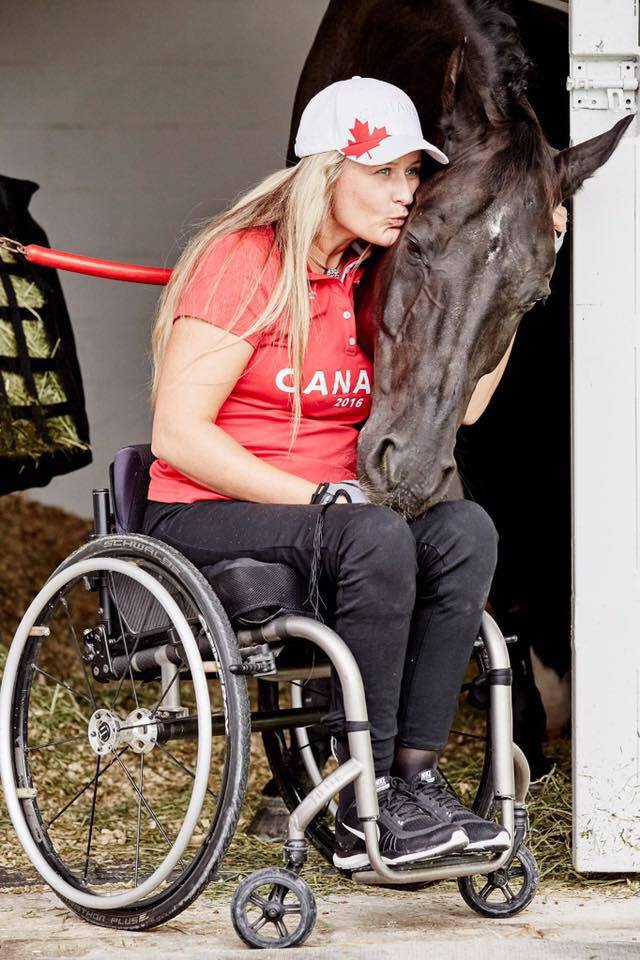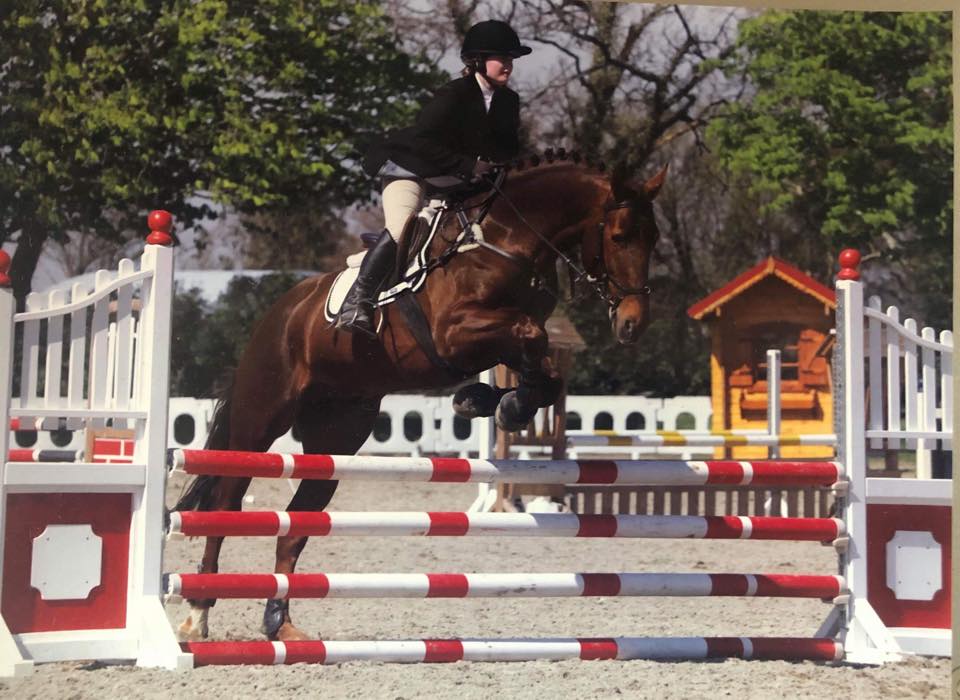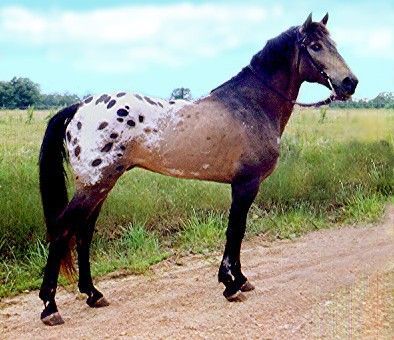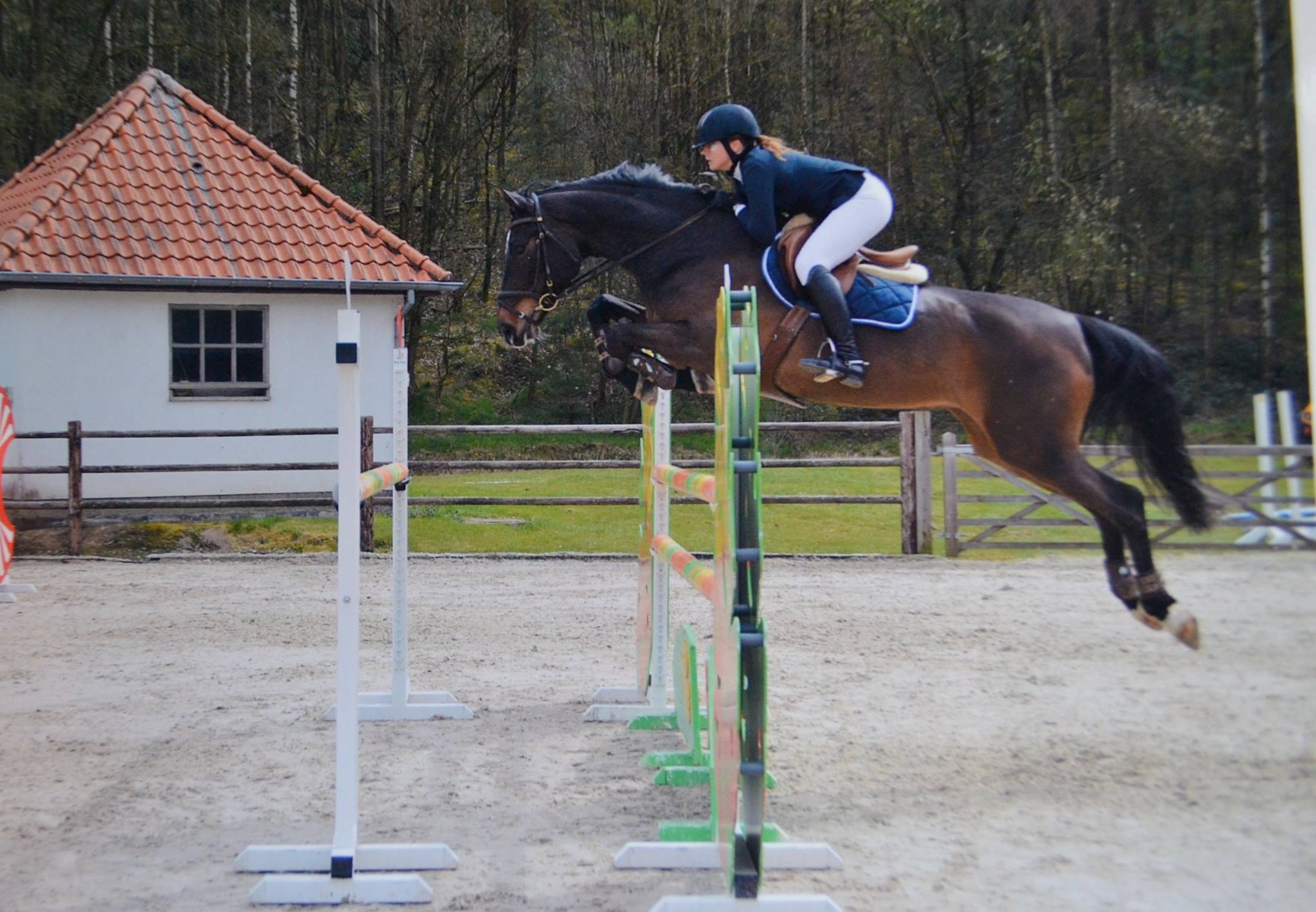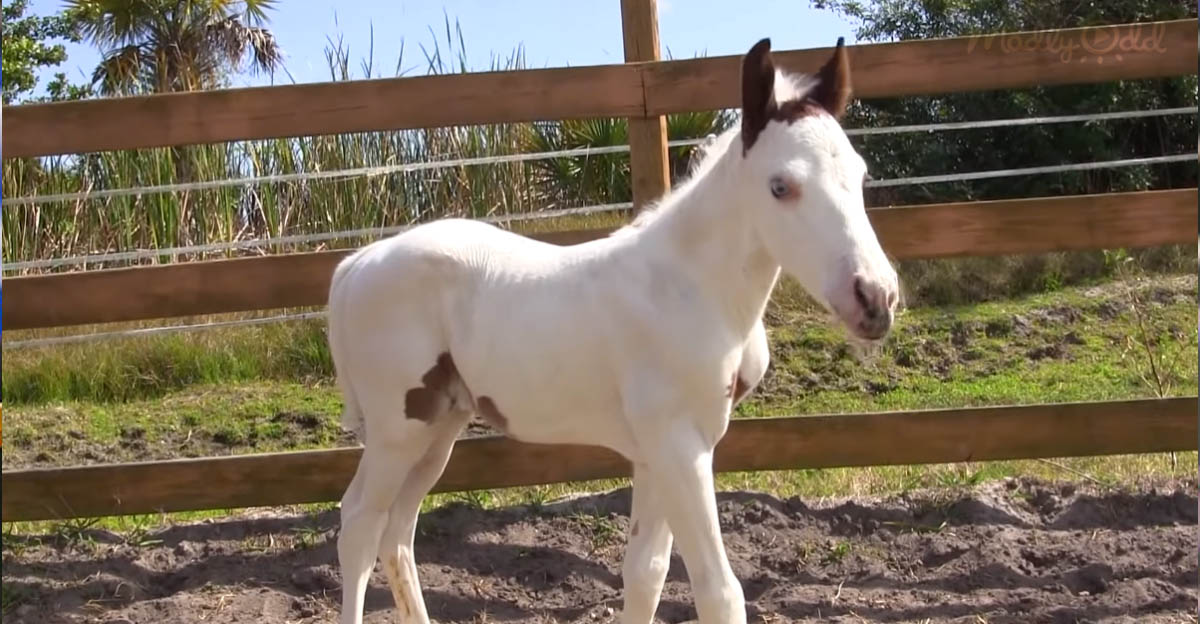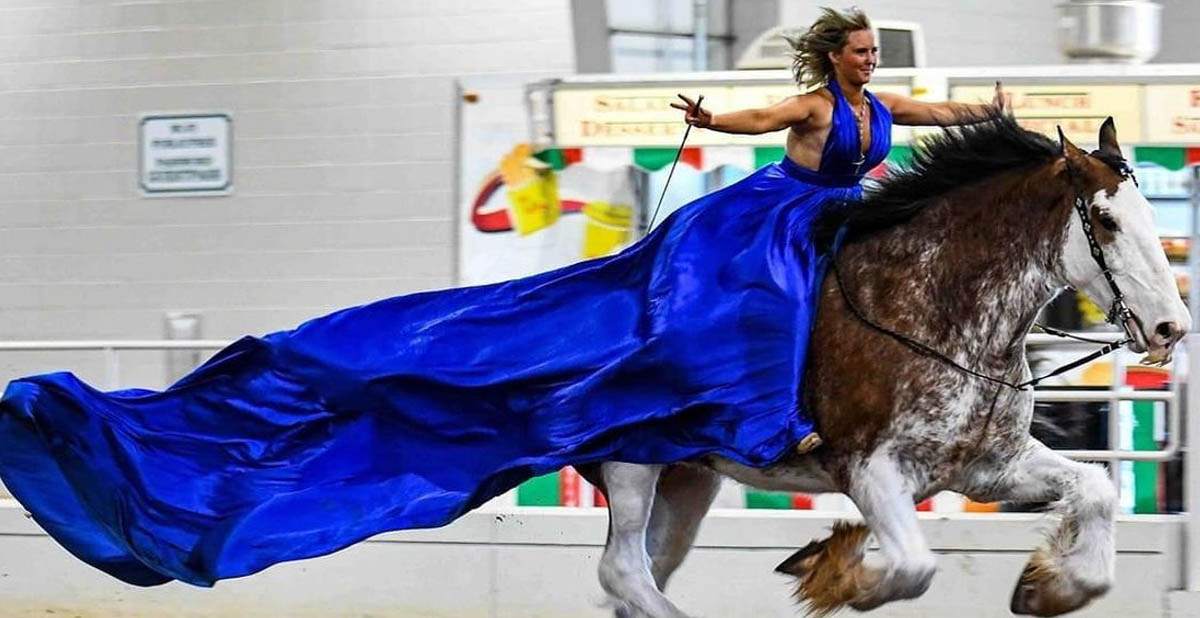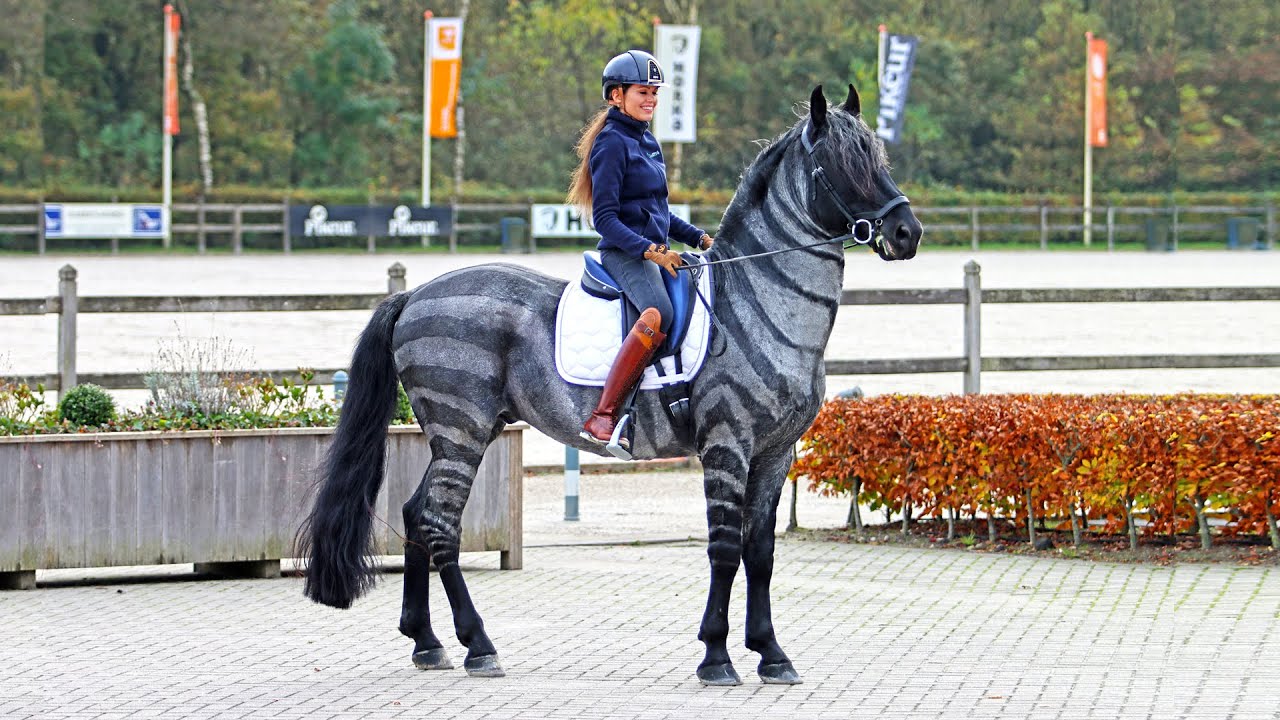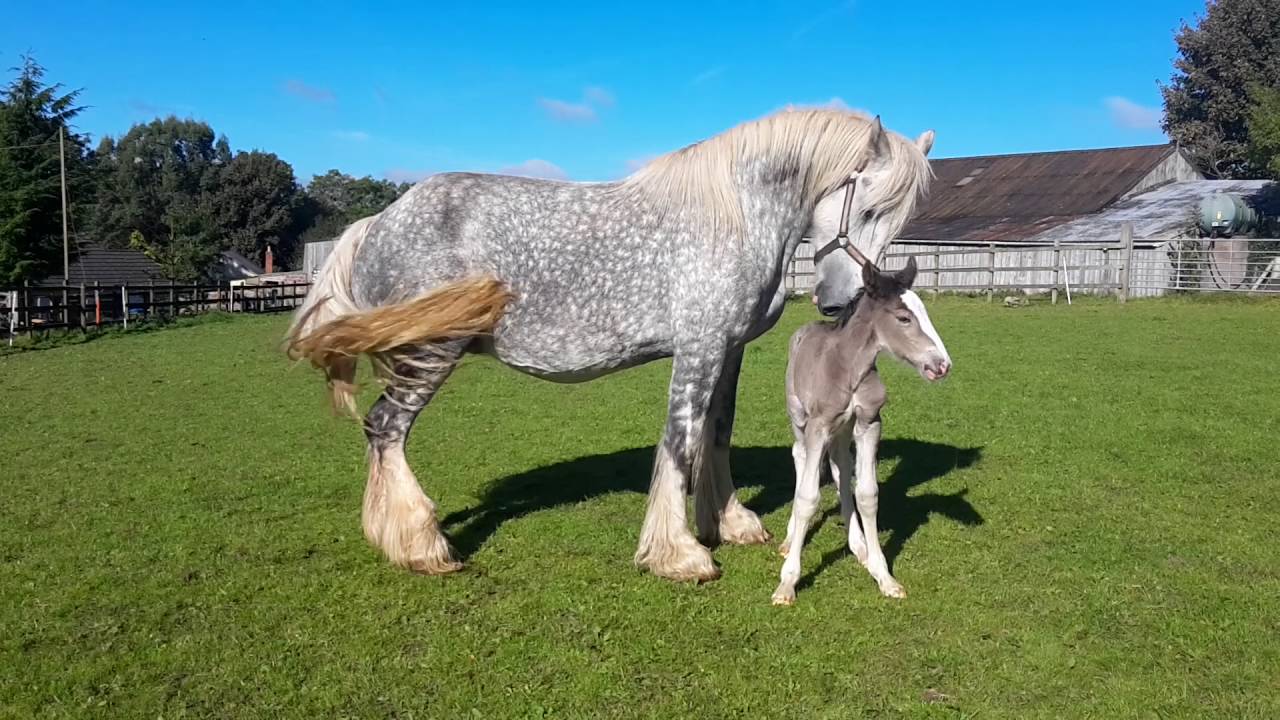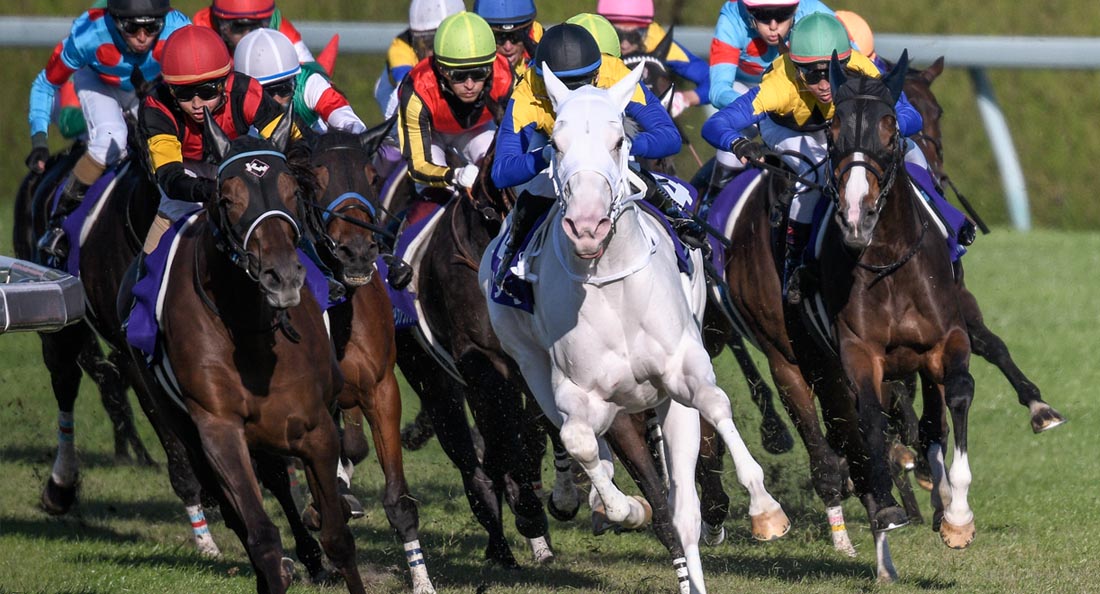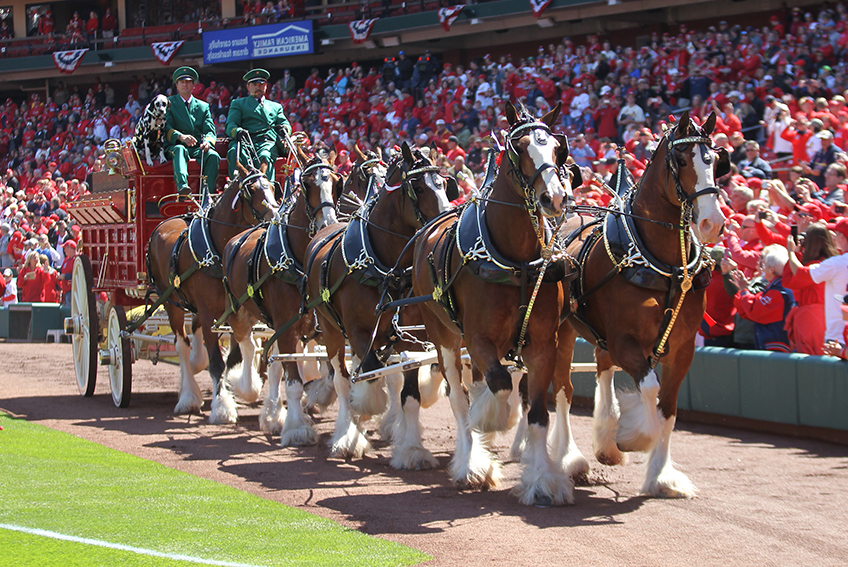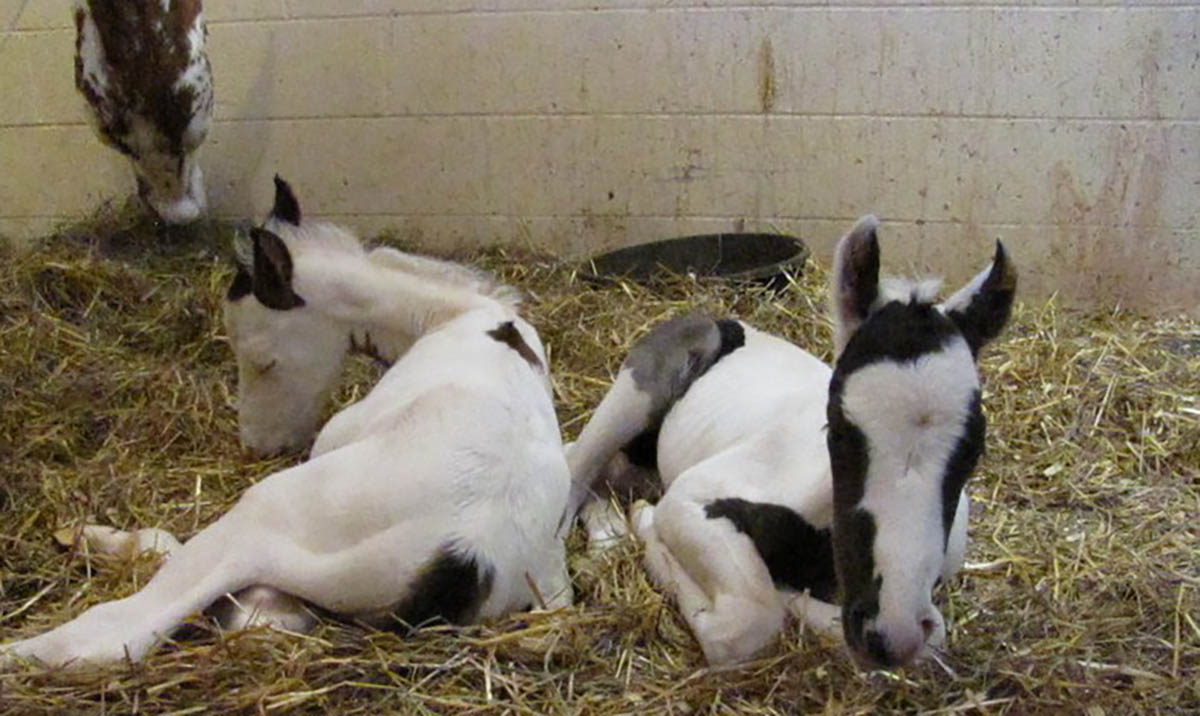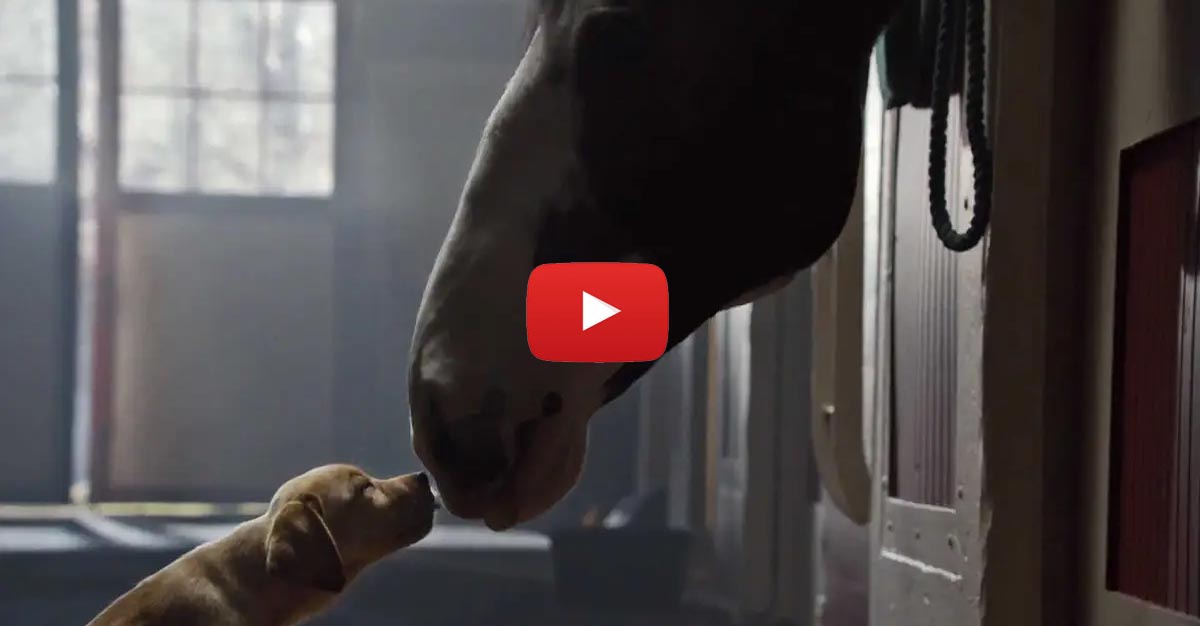Manage Mud in Your Horse Pasture
Mud in your horse pasture can actually cure some conditions, but it can also cause other, undesirable ones. I often tell my clients to make sure the paddock`s watering area has a leaky faucet. The resulting mud provides frequent moisture, which helps to prevent dry, hard, cracking horse hooves.
However, if you take pasture moisture to the extreme, it can cause detrimental conditions, such as thrush (a yeast infection of the frog). Slippery footing can cause tendon/ligament damage, sprains, cuts, bruising, and even fractures. Your horse is also at risk for getting cast (lodged against a vertical surface, such as a fence, is such a way that he`s unable to rise).
Excess mud can also cause dermatitis (skin inflammation) from severe caking and soiling of the haircoat and skin. And an accumulation of mud and rocks can bruise the soles of the hoof.
On the other hand, a too-dry environment can lead to dry hooves, as mentioned. So it`s best to strike a good balance, without letting the environment become too wet or too dry.
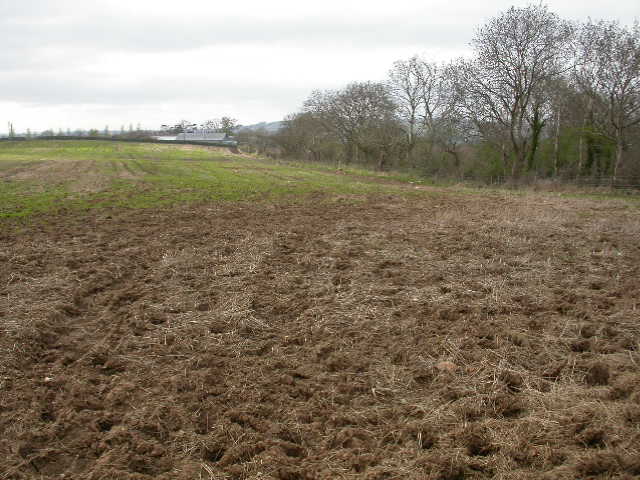
Here are a few things you can do to keep your pasture safe and comfortable for your equine friends.
Recommended solutions include a 10 percent Clorox/90 percent water mix, a diluted iodine solution, and commercially prepared antiseptics, such as Nolvasan and Kopertox
Horse Videos
However, if you take pasture moisture to the extreme, it can cause detrimental conditions, such as thrush (a yeast infection of the frog). Slippery footing can cause tendon/ligament damage, sprains, cuts, bruising, and even fractures. Your horse is also at risk for getting cast (lodged against a vertical surface, such as a fence, is such a way that he`s unable to rise).
Excess mud can also cause dermatitis (skin inflammation) from severe caking and soiling of the haircoat and skin. And an accumulation of mud and rocks can bruise the soles of the hoof.
On the other hand, a too-dry environment can lead to dry hooves, as mentioned. So it`s best to strike a good balance, without letting the environment become too wet or too dry.

Pasture Management
Here are a few things you can do to keep your pasture safe and comfortable for your equine friends.
- Inspect the area. Thoroughly inspect the entire area for any fence that needs repair or reinforcement. Look for, and eliminate, any trap or obstacle that would put your horses in danger of slippery conditions.
- Move water troughs/feeders. Mud tends to accumulate not only at water troughs, but also at feeders and other high-traffic areas, where the grass has been trampled out. Move water troughs and feeders to new locations to allow these areas to dry out and re-seed.
- Provide good drainage. Good drainage can do wonders for standing water and mud. Consult with a reputable pasture-management expert in your area for guidance. (Tip: If you pass a local pasture that appears to have good drainage, ask the owner or manager for recommendations.)
- Provide dry shelter. Dry shelter on raised ground will provide relief from overly muddy conditions. Invest in a load of sandy dirt and/or gravel, and make an island of dry ground.
- Provide nonslip rubber mats. Nonslip rubber mats will also provide dry footing.
Hoof Management
At the same time, help preserve your horses` hoof health. Frequently pick out their hooves, then rinse their hooves and legs with a hose. Every week, apply a solution designed to control and kill the organisms that can cause hoof infection.Recommended solutions include a 10 percent Clorox/90 percent water mix, a diluted iodine solution, and commercially prepared antiseptics, such as Nolvasan and Kopertox
Horse Videos




